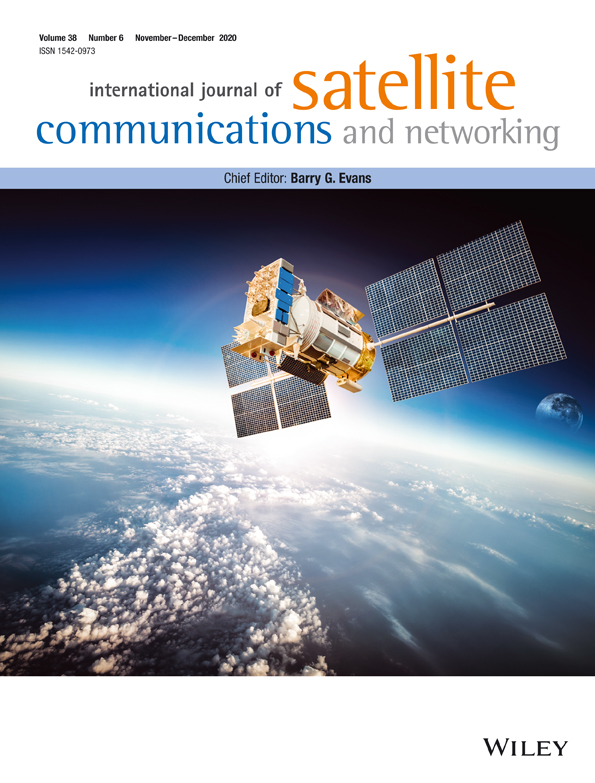Separated traffic grooming for Low Earth Orbit (LEO) optical satellite networks with wavelength dimensioning
Summary
Intersatellite laser links have the advantages of high bandwidth, low delay, and low power consumption, which makes wavelength division multiplexing (WDM) with wavelength routing a promising alternative to accommodate the tremendous increasing traffics from terrestrial users. To make better use of the finite wavelengths in optical satellite networks (OSNs), traffic grooming is necessary for the sake of its inherent superiority in partitioning wavelength channel into multiple low-rate channels to satisfy the traffic requests. However, in most occasions, wavelength dimensioning is taken as a part of traffic grooming, which increases the complexity of application. Therefore, this paper investigates a novel separated traffic grooming method to minimize the number of wavelengths while satisfying the traffic requests, of which the process can be divided into two parts. Firstly, the basic connection requests are bundled to construct aggregation units (AUs). And then, the AUs are groomed onto wavelengths. In the process, an AUs construction method with multihop lightpath bypass grooming (MHLBG) is designed for uniform traffics, and a bandwidth reorganization algorithm (BRA) with MHLBG is customized for nonuniform traffics. Finally, we evaluate performance in simulation, and the results show that the proposed method has realized a good compromise between numbers of wavelengths to be used with the average end-to-end delay. Also, the separated traffic grooming method yields better performance than the integrated one.




